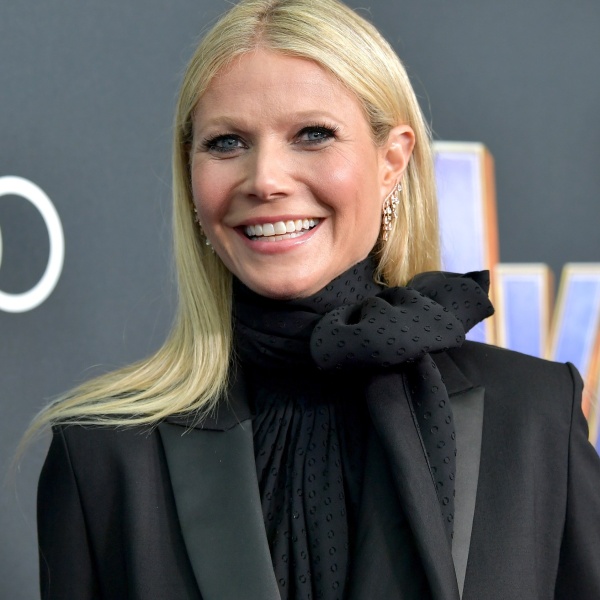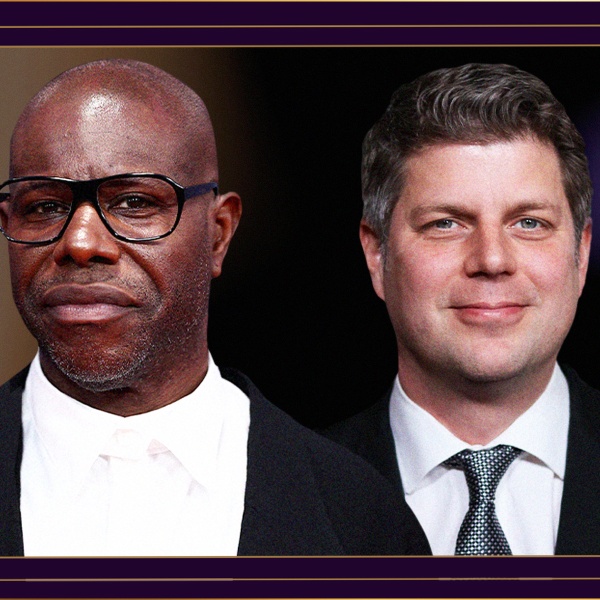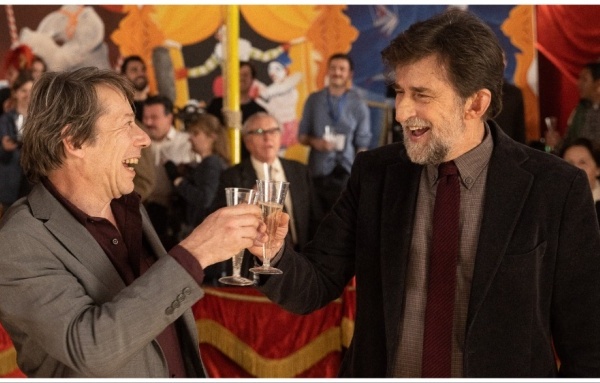Last summer, Hollywood directors including Martin Scorsese, Quentin Tarantino, Christopher Nolan, J.J. Abrams and Judd Apatow urged Hollywood studios to support Kodak to keep film stock in use. Today, Kodak announced it has finalized new film supply agreements with all six major Hollywood studios.
“Film has long been – and will remain – a vital part of our culture,” said Jeff Clarke, Kodak chief executive office, in a statement. “With the support of the studios, we will continue to provide motion picture film, with its unparalleled richness and unique textures, to enable filmmakers to tell their stories and demonstrate their art.”
Recently, such high-profile films such as Oscar-nominees “Boyhood,” “The Grand Budapest Hotel,” “Interstellar,” “Foxcatcher” and “Into the Woods” were shot on Kodak film. Some of the biggest films of 2015 are being shot on Kodak film as well, including “Star Wars: Episode VII – The Force Awakens,” “Batman v. Superman – Dawn of Justice” and “Ant-Man,” among others.
Apatow told The Wall Street Journal last summer that film and digital are “are valid choices, but it would be a tragedy if suddenly directors didn’t have the opportunity to shoot on film. Apatow is shooting his latest film, “Trainwreck” on film. “There’s a magic to the grain and the color quality that you get with film,” he said.
With the rise of digital imaging technologies and theaters converting to digital projection, Kodak’s film sales have declined by 96 percent over the last decade.
In addition to continuing to manufacture motion picture film, Kodak said it would also pursue new opportunities to use film production technologies in new areas, such as touchscreens for smartphones and tablet computers.
“With the support of the major studios, the creative community can continue to confidently choose film for their projects,” said Andrew Evenski, Kodak’s president of Entertainment & Commercial Films, in a statement. “We’ve been asking filmmakers, ‘What makes a project FilmWorthy?’ Their responses have varied from the need for its exceptional depth to its distinctive grain, but overwhelmingly, the answer is ‘the story.’ They need film to tell their stories the way they envision them, and hold a strong desire for it to remain a critical part of their visual language. Enabling artists to use film will help them to create the moments that make cinema history. The agreements announced today are a testament to the power of film and the creative vision of the artists telling them.”
READ MORE: Here’s What Sundance Cinematographers Think of Shooting Film vs. Digital






